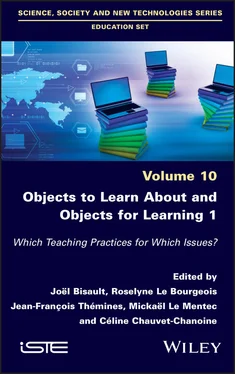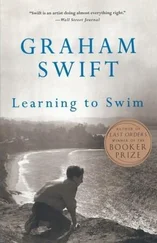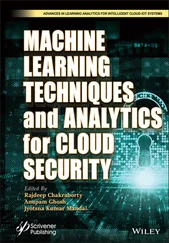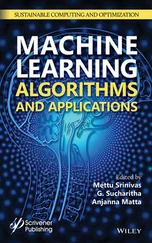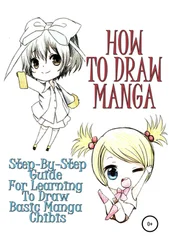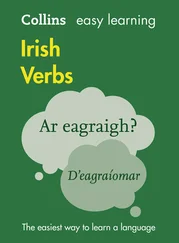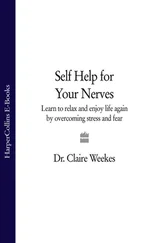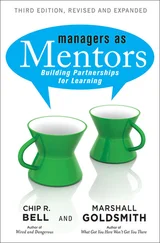1 Cover
2 Title Page Education Set coordinated by Angela Barthes and Anne-Laure Le Guern Volume 10
3 Copyright First published 2022 in Great Britain and the United States by ISTE Ltd and John Wiley & Sons, Inc. Apart from any fair dealing for the purposes of research or private study, or criticism or review, as permitted under the Copyright, Designs and Patents Act 1988, this publication may only be reproduced, stored or transmitted, in any form or by any means, with the prior permission in writing of the publishers, or in the case of reprographic reproduction in accordance with the terms and licenses issued by the CLA. Enquiries concerning reproduction outside these terms should be sent to the publishers at the undermentioned address: ISTE Ltd 27-37 St George’s Road London SW19 4EU UK www.iste.co.uk John Wiley & Sons, Inc. 111 River Street Hoboken, NJ 07030 USA www.wiley.com © ISTE Ltd 2022 The rights of Joël Bisault, Roselyne Le Bourgeois, Jean-François Thémines, Mickaël Le Mentec and Céline Chauvet-Chanoine to be identified as the authors of this work have been asserted by them in accordance with the Copyright, Designs and Patents Act 1988. Any opinions, findings, and conclusions or recommendations expressed in this material are those of the author(s), contributor(s) or editor(s) and do not necessarily reflect the views of ISTE Group. Library of Congress Control Number: 2021949741 British Library Cataloguing-in-Publication Data A CIP record for this book is available from the British Library ISBN 978-1-78630-671-5
4 Preface From a Conference to a Book on the Role of Objects in the Practices of Teachers
5 Acknowledgements
6 Introduction In the Teaching Resources Store Cupboard: Investigating the Functions and Uses of Objects in the World of School
7 Introduction to the Subject Didactics and Socialization Processes: Walking Between Objects, Things and Worlds
8 PART 1 Objects and Language(s)
1 The Children’s Illustrated Literature Book in an Elementary School English Session: An Object Considered in its Materiality?
1.1. The origins of questioning and theoretical framing 1.2. Constitution of the corpus
1.3. Analysis of the results
1.4. Conclusion
1.5. References
2 Objects as Catalysts for Writing
2.1. Introduction 2.2. The object, a mediator in self-knowledge
2.3. Objects as organizers of the act of writing in the Elementary Section
2.4. Conclusion
2.5. References
3 The Role of Artifacts and Gestures in English Language Learning
3.1. Introduction 3.2. Theoretical background
3.3. Methodology
3.4. Results
3.5. Discussion
3.6. Conclusion
3.8. References
4 From Object to Instrument for Language Development in Kindergarten: Necessary Support in the Development of Professional Competence Among Probationary Public School Teachers
4.1. Introduction 4.2. From object to instrument for language in kindergarten
4.3. Learning objects: Speech instruments for teacher and pupils
4.4. Conclusion and perspectives
4.5. References
5 Professional Testimony: Construction and Analysis of a “Graphic Object” in a Physics Class in a 12th Grade Science Major
5.1. Introduction 5.2. Description of the second pilot sequence
5.3. Conclusion
5.4. Appendices
5.5. References
9 PART 2 Objects and Early Learning
6 Mascots and Notebooks: Preschool Objects Circulating between the School Space and the Family Space
6.1. A pair of peripatetic objects from the transition zone 6.2. Theoretical background and corpus
6.3. Between the “correct use” of the mascot and a plurality of practices
6.4. The parental role written into the mascot’s suitcase
6.5. Conclusion: Accentuated, attenuated or neutralized scansion between socialization spaces
6.6. References
7 Educational Posters in Kindergarten: A School Object that May Be a Differentiator?
7.1. Introduction 7.2. Our methodological choices
7.3. Findings
7.4. Discussion: From the construction of the meaning of the study materials to the representation of the act of learning in kindergarten
7.5. Conclusion
7.6. References
8 Professional Testimony: A Programmable Object for Learning Computer Science at Elementary School
8.1. Introduction 8.2. Teaching sequence observed in cycle 1
8.3. Teaching sequence observed in cycle 2
8.4. Teaching sequence observed in cycle 3
8.5. Discussion
8.6. Acknowledgements
8.7. References
10 List of Authors
11 Index
12 Summary of Volume 2
13 End User License Agreement
1 Cover
2 Table of Contents
3 Title Page Education Set coordinated by Angela Barthes and Anne-Laure Le Guern Volume 10
4 Copyright First published 2022 in Great Britain and the United States by ISTE Ltd and John Wiley & Sons, Inc. Apart from any fair dealing for the purposes of research or private study, or criticism or review, as permitted under the Copyright, Designs and Patents Act 1988, this publication may only be reproduced, stored or transmitted, in any form or by any means, with the prior permission in writing of the publishers, or in the case of reprographic reproduction in accordance with the terms and licenses issued by the CLA. Enquiries concerning reproduction outside these terms should be sent to the publishers at the undermentioned address: ISTE Ltd 27-37 St George’s Road London SW19 4EU UK www.iste.co.uk John Wiley & Sons, Inc. 111 River Street Hoboken, NJ 07030 USA www.wiley.com © ISTE Ltd 2022 The rights of Joël Bisault, Roselyne Le Bourgeois, Jean-François Thémines, Mickaël Le Mentec and Céline Chauvet-Chanoine to be identified as the authors of this work have been asserted by them in accordance with the Copyright, Designs and Patents Act 1988. Any opinions, findings, and conclusions or recommendations expressed in this material are those of the author(s), contributor(s) or editor(s) and do not necessarily reflect the views of ISTE Group. Library of Congress Control Number: 2021949741 British Library Cataloguing-in-Publication Data A CIP record for this book is available from the British Library ISBN 978-1-78630-671-5
5 Preface From a Conference to a Book on the Role of Objects in the Practices of Teachers
6 Acknowledgements
7 Introduction In the Teaching Resources Store Cupboard: Investigating the Functions and Uses of Objects in the World of School
8 Introduction to the Subject Didactics and Socialization Processes: Walking Between Objects, Things and Worlds
9 Begin Reading
10 List of Authors
11 Index
12 Summary of Volume 2
13 End User License Agreement
1 Introduction Figure I.1. Diagram for analyzing the consistency between artifacts, purposes an... Figure I.2. Extension of didactic problematics
2 Chapter 1Figure 1.1. Working from copies of the picture book The Very Hungry CaterpillarFigure 1.2. Working from reading the picture book Brown Bear, Brown Bear, What D...Figure 1.3. Video-projected double-page spread in third-grade class Figure 1.4. Illustrations from the picture book I Want My Hat Back, written and ...Figure 1.5. Front cover of the picture book Fancy Dress JungleFigure 1.6. Poster designed by a third-grade class
3 Chapter 2Figure 2.1. N.’s production. Translation: “once upon a time there was a little g...Figure 2.2. K.’s production. Translation: “I want a mom / Yes, of course”
Читать дальше
